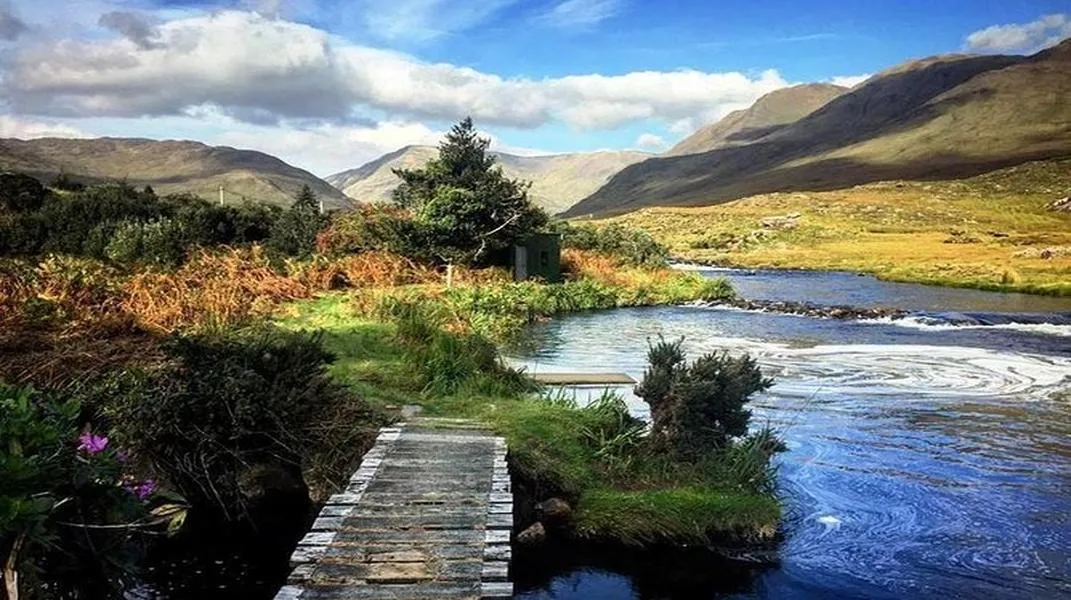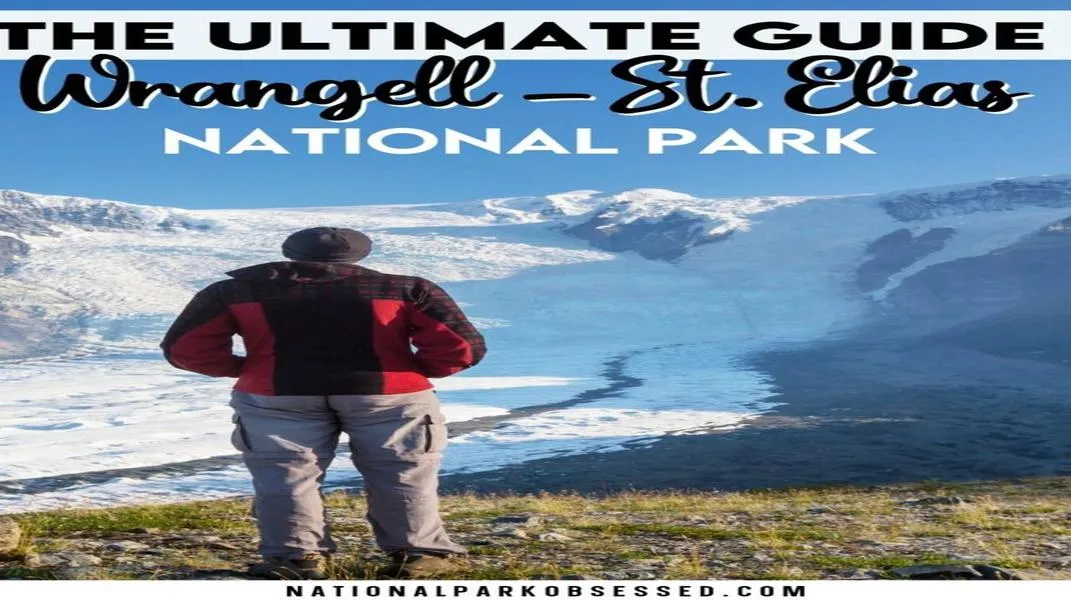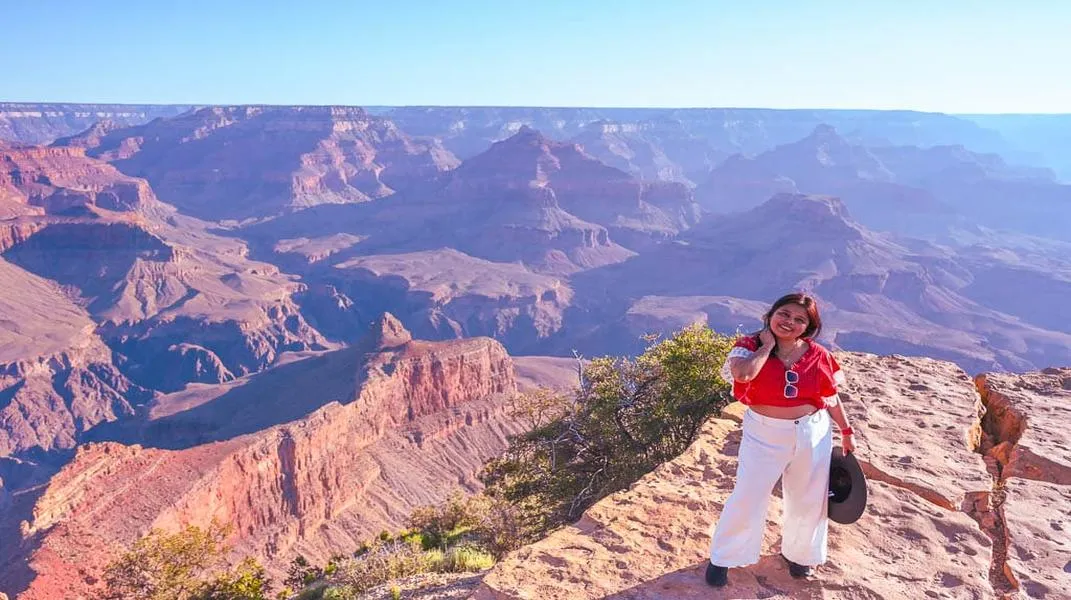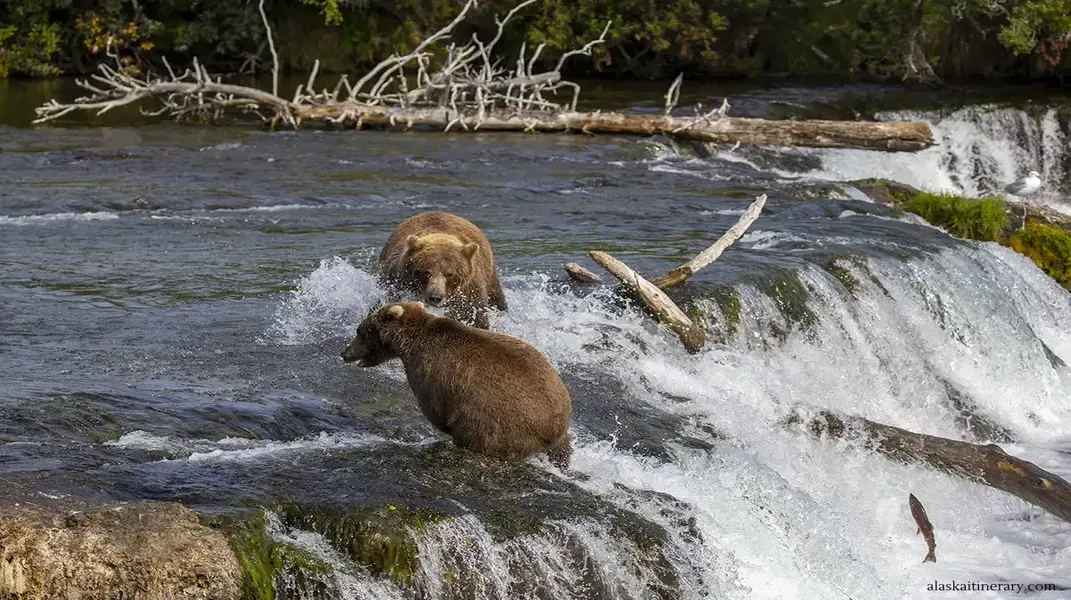Exploring the Majestic Acadia National Park: A Comprehensive Guide for Travelers
Nestled on Maine's rugged coastline, Acadia National Park is a stunning embodiment of the natural beauty that the northeastern United States has to offer. Established in
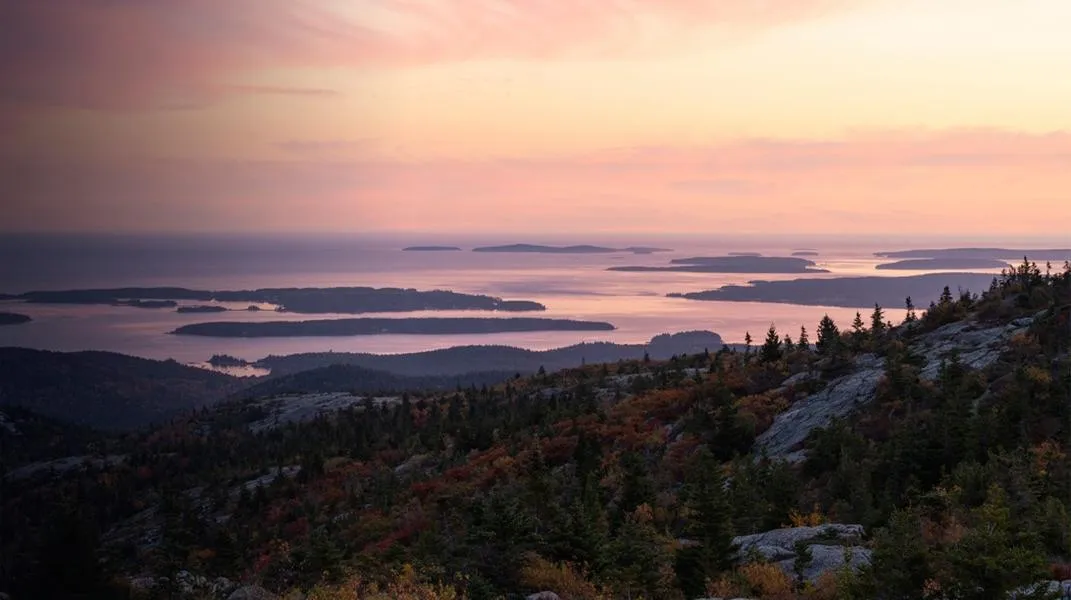
Acadia National Park: A Natural Gem
Nestled on Maine's rugged coastline, Acadia National Park is a stunning embodiment of the natural beauty that the northeastern United States has to offer. Established in 1916 as the first national park east of the Mississippi River, Acadia spans over 49,000 acres of breathtaking landscapes, including rocky shorelines, dense forests, and granite summits. It is a paradise for outdoor enthusiasts, nature lovers, and anyone seeking a respite from the hustle and bustle of everyday life. This article delves into the park's unique features, activities, and essential preparations for your visit.
Natural Wonders of Acadia National Park
1. Diverse Landscapes
Acadia National Park is characterized by its dramatic landscapes that encapsulate the essence of Maine's natural beauty. The park boasts a rich variety of ecosystems, from coastal habitats to dense woodlands and alpine elevations.
- Coastal Areas: The park's coastline is marked by rugged cliffs, rocky beaches, and picturesque coves. The most famous of these is the scenic Park Loop Road, which offers breathtaking views of the Atlantic Ocean and the iconic Thunder Hole, where waves crash dramatically against the rocks.
- Mountains and Peaks: Acadia's terrain is punctuated by several impressive mountains, including Cadillac Mountain, the highest point along the eastern seaboard. Rising 1,530 feet, Cadillac Mountain offers sweeping vistas of the surrounding islands and is the first place to see sunrise in the United States from October to March.
- Forests and Wildlife: The park is home to diverse flora and fauna, including dense hardwood forests, wetlands, and an array of wildlife species. Visitors may encounter deer, foxes, and various bird species, including the majestic peregrine falcon.
2. Unique Geological Features
Acadia's landscape is not only beautiful but also geologically fascinating. The park features unique granite formations, glacial erratics, and ancient rock deposits that tell the story of the region's geological history. The park's formation was influenced by glacial activity, which shaped the terrain and left behind the unique topography we see today.
Activities and Attractions
Acadia National Park offers a plethora of activities for visitors of all ages and interests. Here are some of the top attractions and activities to consider during your visit:
1. Hiking Trails
With over 120 miles of hiking trails, Acadia is a hiker's paradise. Trails vary in difficulty, catering to both novice hikers and seasoned adventurers.
- Jordan Pond Path: A relatively easy 3.5-mile loop that circles Jordan Pond, offering stunning views of the Bubbles mountains. The trail is perfect for families and those seeking a leisurely walk.
- Precipice Trail: For the more adventurous, the Precipice Trail is a challenging 2-mile ascent that includes iron rungs and ladders. It rewards hikers with breathtaking views from the summit of Champlain Mountain.
- Cadillac Mountain South Ridge Trail: This 7.1-mile hike leads to the summit of Cadillac Mountain, providing panoramic views of the surrounding landscape.
2. Scenic Drives
For those who prefer a more leisurely exploration, Acadia's scenic drives provide access to some of the park's most stunning vistas.
- Park Loop Road: This 27-mile loop takes visitors past many of Acadia's highlights, including Sand Beach, Thunder Hole, and the Otter Cliffs. There are numerous pull-offs for photo opportunities and short walks to scenic viewpoints.
3. Wildlife Watching
Acadia is a haven for wildlife enthusiasts. The park's diverse habitats support a range of species, making it an ideal location for birdwatching and wildlife observation. Early morning or late afternoon are the best times to spot animals, including white-tailed deer, moose, and various bird species.
4. Water Activities
The park's coastal location offers a variety of water-based activities:
- Kayaking and Canoeing: Explore the park's beautiful lakes and coastal waters by kayak or canoe. Several rental companies operate in the area, providing equipment and guided tours.
- Beach Activities: Sand Beach is a popular spot for sunbathing, swimming, and picnicking. Although the water can be chilly, it's a refreshing way to enjoy a hot summer day.
5. Cultural Experiences
Acadia National Park also showcases the cultural heritage of the region. Visitors can explore the historic carriage roads, built by John D. Rockefeller Jr. in the early 1900s, which provide a unique way to experience the park's landscapes. The roads are perfect for walking, biking, and horseback riding.
Preparing for Your Visit
To make the most of your trip to Acadia National Park, proper preparation is essential. Here’s a detailed checklist of materials and considerations to ensure a smooth visit.
1. Essential Gear
- Clothing: Dress in layers to accommodate changing weather conditions. Bring a moisture-wicking base layer, an insulating layer (like a fleece or down jacket), and a waterproof outer layer. Sturdy hiking boots are essential for exploring the trails.
- Backpack: A comfortable daypack is vital for carrying your gear, snacks, and water during hikes.
- Water Bottle: Staying hydrated is crucial, especially during physical activities. Bring a reusable water bottle or hydration system.
- Food and Snacks: Pack nutritious snacks like trail mix, energy bars, and sandwiches for your day in the park.
- First Aid Kit: Include basic supplies for minor injuries, such as band-aids, antiseptic wipes, and pain relievers.
- Map and Compass: While many trails are well-marked, having a physical map can be helpful, especially in areas with limited cell service. A compass can aid in navigation.
2. Technology
- Camera: Capture the park's breathtaking beauty with a camera or smartphone. Be sure to bring extra batteries or a portable charger.
- GPS Device: If you plan on hiking remote trails, consider bringing a GPS device or downloading offline maps on your smartphone.
3. Safety Considerations
- Wildlife Safety: Observe wildlife from a distance and never feed animals. Be aware of your surroundings, especially in areas known for moose or bear sightings.
- Trail Etiquette: Stay on marked trails, yield to hikers going uphill, and be considerate of other visitors. Leave no trace by packing out all trash.
- Weather Awareness: Check the weather forecast before your visit. Conditions can change rapidly, especially in the mountains. Be prepared for rain, wind, or sudden temperature drops.
4. Accommodation and Dining
- Lodging: While there are campgrounds within the park, accommodations can fill up quickly during peak seasons. Consider booking a campsite or a hotel in nearby Bar Harbor well in advance.
- Dining: Bar Harbor offers a variety of dining options, from casual seafood shacks to fine dining restaurants. Try local specialties like lobster rolls and blueberry pie.
Conclusion
Acadia National Park is a treasure trove of natural beauty and outdoor adventure. Whether you're hiking to the summit of Cadillac Mountain, kayaking along the coastline, or simply enjoying the peace of the park's serene landscapes, Acadia offers something for everyone. Proper preparation will enhance your experience, allowing you to fully immerse yourself in the stunning scenery and diverse activities the park has to offer. So pack your bags, lace up your hiking boots, and set out for an unforgettable journey through one of America's most beloved national parks.

